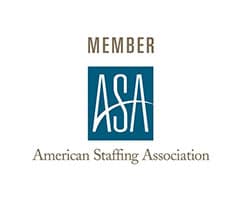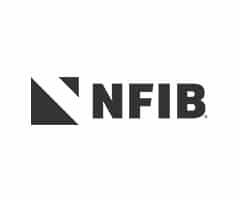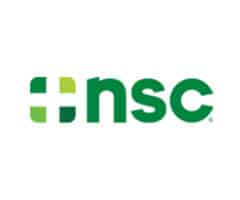The Allied Blog
News. Insights. Advice.
Categories
Categories
Latest News
The ultimate guide to nailing the ‘tell me about yourself’ interview question
Source: Fast Company We’ve all been there. You’ve just sat down for an interview and you’re feeling a little nervous. After
How Success Is Like Chinese Bamboo
In the age of social media, YouTube sensations, and “viral” posts, it seems like we witness the “overnight success” story
Pride in the Workplace
Employers must protect individuals identifying as LGBTQ+ from workplace discrimination. Awareness of issues affecting LGBTQ+ individuals is also important, including sensitivity to
Tips for Shift Workers
Work schedules that fall anywhere outside the hours of 7 am to 6 pm are considered shift work. These schedules may
Job Fairs Are Back! Here’s How To Get the Most Out Of Them
In-person job fairs are one of the many things that haven’t happened much in the past 2 years, thanks to
Why Sleep is Sacred for Productivity and Relationships
Sleep is essential to our productivity, well-being, and relationships. Science proves it, and most of us know it. However, with
3 Essentials for an Exceptional First Impression
You’ve heard it before: you never get a second chance to make a first impression. Research shows we make judgments about someone’s
Use Your Strengths to Improve Your Relationships
What are your strengths? Hundreds of self-directed tests and assessments have been created to help people figure this out. It’s
Daily Habits of Your Lucky Friends
You probably have friends who come to mind when you think of lucky. They happen upon tickets to the most
DAYLIGHT SAVING TIME—HOW TO SPRING FORWARD BEFORE THE CLOCKS DO
Source: Verilux The start of daylight saving time and springing forward means our unsuspecting bodies (and our four-legged friends) will
WAYS TO BEAT DAYLIGHT SAVINGS TIME
Daylight Savings Time is coming up on November 3 this year and, for many of us, changing the clocks may
Phony Job Ads and How to Spot Them
Source: SHRM Job ad scams are on the rise. According to the FBI, more than 16,000 Americans reported employment scams








